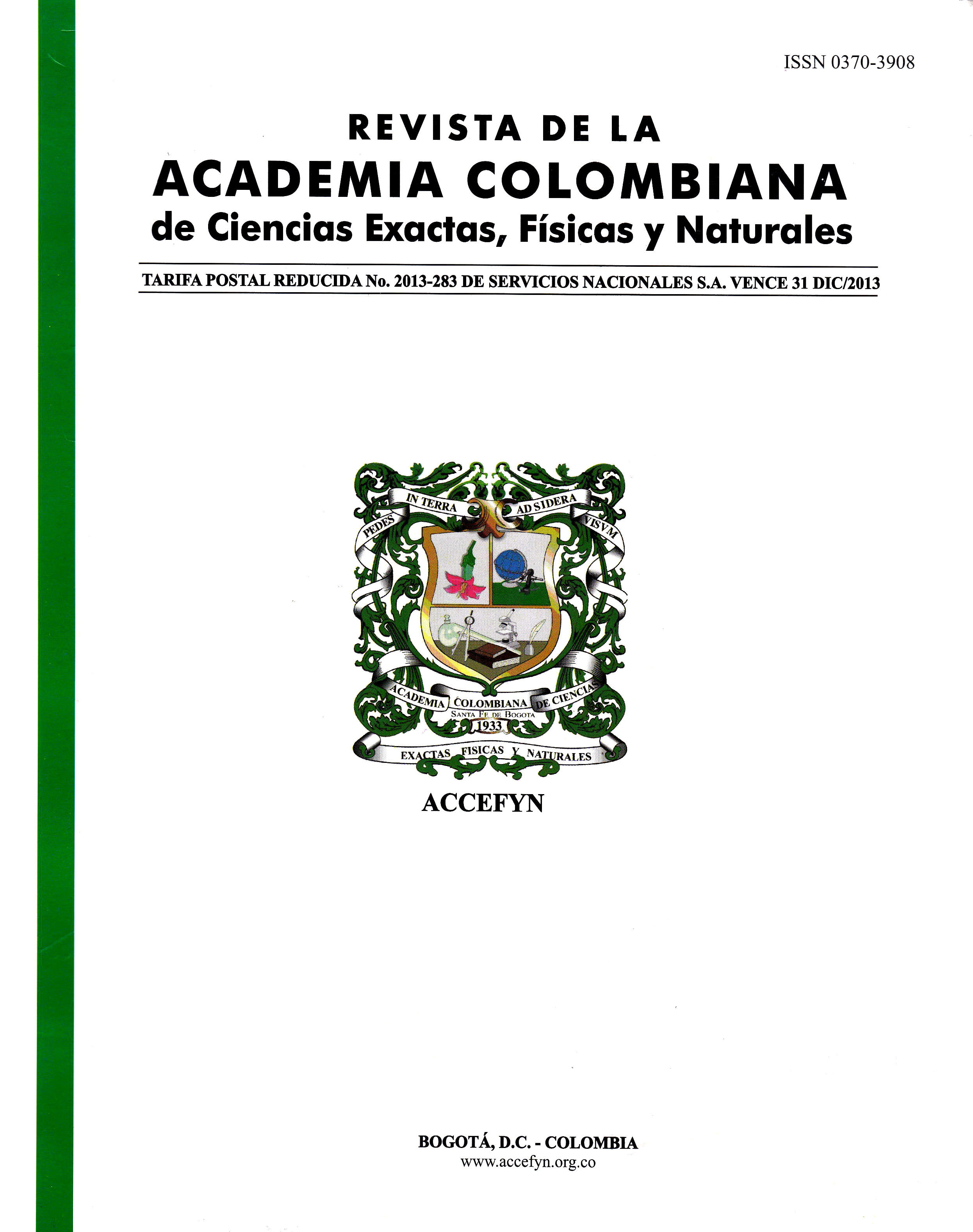Abstract
The dynamical systems theory allows quantification of the state and evolution of dynamical systems. Summing fractal geometry, these theories have been useful to assess cardiac chaotic dynamic; developing clinical researches with acute myocardial infarction and, on the other side, finding through entropy law a diagnostic aid for clinical application, using the law of entropy.
150 Holters were selected: 50 diagnosed as normal, 50 with acute myocardial infarction based on conventional clinical diagnosis, and 50 diagnosed as different diseases. For each patient, the heart rate value sequence was generated, the attractors were built and the Box-Counting methodology was applied to calculate the fractal dimension, comparing the occupation spaces. Finally, sensibility, specificity and Kappa coefficient on the physical-mathematical assessment were estimated for the patients with acute myocardial infarction and normal, compared to Gold-Standard.
The attractors’ fractal dimensions ranged between 1.4232 and 2.0000. The occupied spaces on the first grill (5 lat/min), applied to the 150 attractors ranged between 33 and 699; for the second one (10 lat/min), between 9 and 190. All acute myocardial infarction patients were out of normality values’ patients; specificity and sensibility were 100%, and the Kappa coefficient was 1.
Cardiac chaotic attractors reveal a geometric order which quantifies dynamic through fractal’s occupied spaces, differing patients with normality limits from those with acute disease; this could deduce the evolution between these states, making it useful to assess evolution in the clinic.
Keywords
References
Devaney, R. A first course in chaotic dynamical systems theory and experiments. Reading Mass.: Addison-Wesley, New York 1992;1-48.
Goldberger, A.L., Amaral, L., Hausdorff, J.M., Ivanov, P., Peng, Ch, Stanley, H.E. 2002. Fractal dynamics in physiology: alterations with disease and aging. PNAS 99:2466-2472.
Goldberger, A.L., Rigney, D.R.; West, B.J. 1990. Chaos and fractals in human physiology. Sci AM 262:42-49.
Goldberger, A.L. 1996. Nonlinear dynamics for clinicians: Chaos theory, fractals, and complexity at the bedside. Lancet 347:1312-1314.
Huikuri, H.V., Makikallio, T.H., Peng, Ch, Goldberger, A.L., Hintze, U., Moller, M. 2000. Fractal correlation properties of R-R interval dynamics and mortality in patients with depressed left ventricular function after an acute myocardial infarction. Circulation; 101:47-53.
Juha, S. Perkio, Ma Ki, Timo H. Ma Kikallio, Heikki Huikuri. 2005. Fractal and Complexity Measures of Heart Rate Variability. Clinical and Experimental Hypertension, 2 & 3:149-158.
Lefebvre, F., Benali, H. 1995. A fractal approach to the segmentation of microcalcifications in digital mammograms. Med. Phys. 22:381-390.
Peitgen, H. 1992. Length area and dimension. Measuring complexity and scaling properties. En: Chaos and Fractals: New Frontiers of Science. Springer-Verlag. NewYork. p.183-228.
Pineda, M., Matiz, H., Rozo, R. 2002. Enfermedad coronaria. Bogotá: Editorial Kimpres Ltda.
Pohlman, S., Powell, K., Obuchowski, N.A. 1992. Quantitative classification of breast tumors in digitized mammograms. Med. Phys 23:1337-1345.
Rodríguez, J., Mariño, M., Avilán, N., Echeverri, D. 2002. Medidas fractales de arterias coronarias en un modelo experimental de reestenosis; Armonía matemática intrínseca de la estructura arterial. Rev Col Cardiol 10:65-72.
Rodríguez, J., Álvarez, L., Mariño, M., Avilán, G., Prieto, S., Casadiego, E., Correa, C., Osorio, E. 2004. Variabilidad de la dimensión fractal del árbol coronario izquierdo en pacientes con enfermedad arterial oclusiva severa. Dinámica fractal de la ramificación coronaria. Rev Col Cardiol; 11(4):185-192.
Rodríguez, J., Lemus, J., Serrano, J., Casariego, E., Correa, C. 2005. Medidas fractales cardiotorácicas en radiografía de tórax. Rev Col Cardiol 12(3): 129–34
Rodríguez, J., Prieto, S., Ortiz, L, Avilán, N., Álvarez, L., Correa, C., Prieto, I. 2006a. Comportamiento fractal del ventrículo izquierdo durante la dinámica cardiaca. Rev Col Cardiol 13(2): 165-170.
Rodríguez, J., Prieto, S., Ortiz, L., Bautista, A., Bernal, P., Avilán, N. 2006b. Diagnóstico Matemático de la monitoria fetal aplicando la ley de Zipf-Mandelbrot. Rev Fac Med Univ Nac Colomb 54(2): 96 -107.
Rodríguez, J. 2006. Dynamical systems theory and ZIPF – Mandelbrot Law applied to the development of a fetal monitoring diagnostic methodology. XVIII FIGO World Congress of Gynecology and Obstetric. Kuala Lumpur, Malaysia.
Rodríguez, J., Prieto, S., Avilán, N., Correa, C, Bernal, P, Ortiz, L, Ayala, J. 2008. Nueva metodología física y matemática de evaluación del Holter. Rev. Colomb. Cardiol 15(2):50-54
Rodríguez, J. 2008. Teoría de unión al HLA clase II teorías de Probabilidad Combinatoria y Entropía aplicadas a secuencias peptídicas. Inmunología 27(4): 151-166.
Rodríguez, J., Bernal, P., Correa, C., Prieto, S., Benítez, L., Vitery, S. et al. 2009a. Predicción de unión de péptidos de MSA-2 y AMA-1 de Plasmodium falciparum al HLA clase II. Inmunología 28(3):115-124.
Rodríguez, J., Correa, C., Prieto, S., Puerta, G., Vitery, S., Bernal, P., Soracipa, Y., Botero, D. 2009b. Aplicación de la probabilidad y la entropía a la proteína EBA-140. Caracterización matemática de péptidos de alta unión. Inmunología 28(2):65-73.
Rodríguez, J., Correa C. 2009c. Predicción Temporal de la Epidemia de Dengue en Colombia: Dinámica Probabilista de la Epidemia. Rev. Salud Pública 11(3):443-453.
Rodríguez, J. 2010a. Entropía Proporcional de los sistemas dinámicos cardiacos: Predicciones físicas y matemáticas de la dinámica cardiaca de aplicación clínica. Rev Colomb Cardiol 17:115-129.
Rodríguez, J. Prieto, S., Bernal, P., Izasa, D., Salazar, G., Correa, C., Soracipa, Y. 2010b. Entropía proporcional aplicada a la evolución de la dinámica cardiaca Predicciones de aplicación clínica. En: La emergencia de los enfoques de la complejidad en América Latina. Compilado por: Comunidad de Pensamiento Complejo (CPC). Argentina. Aprobado para publicación.
Rodríguez, J. 2010c. Método para la predicción de la dinámica temporal de la malaria en los municipios de Colombia. Rev Panam Salud Publica. 27(3):211–8.
West, JW. 1990. Fractal physiology and chaos in medicine. Singapore: world scientific.

This work is licensed under a Creative Commons Attribution-NonCommercial-NoDerivatives 4.0 International License.
Copyright (c) 2023 https://creativecommons.org/licenses/by-nc-nd/4.0





